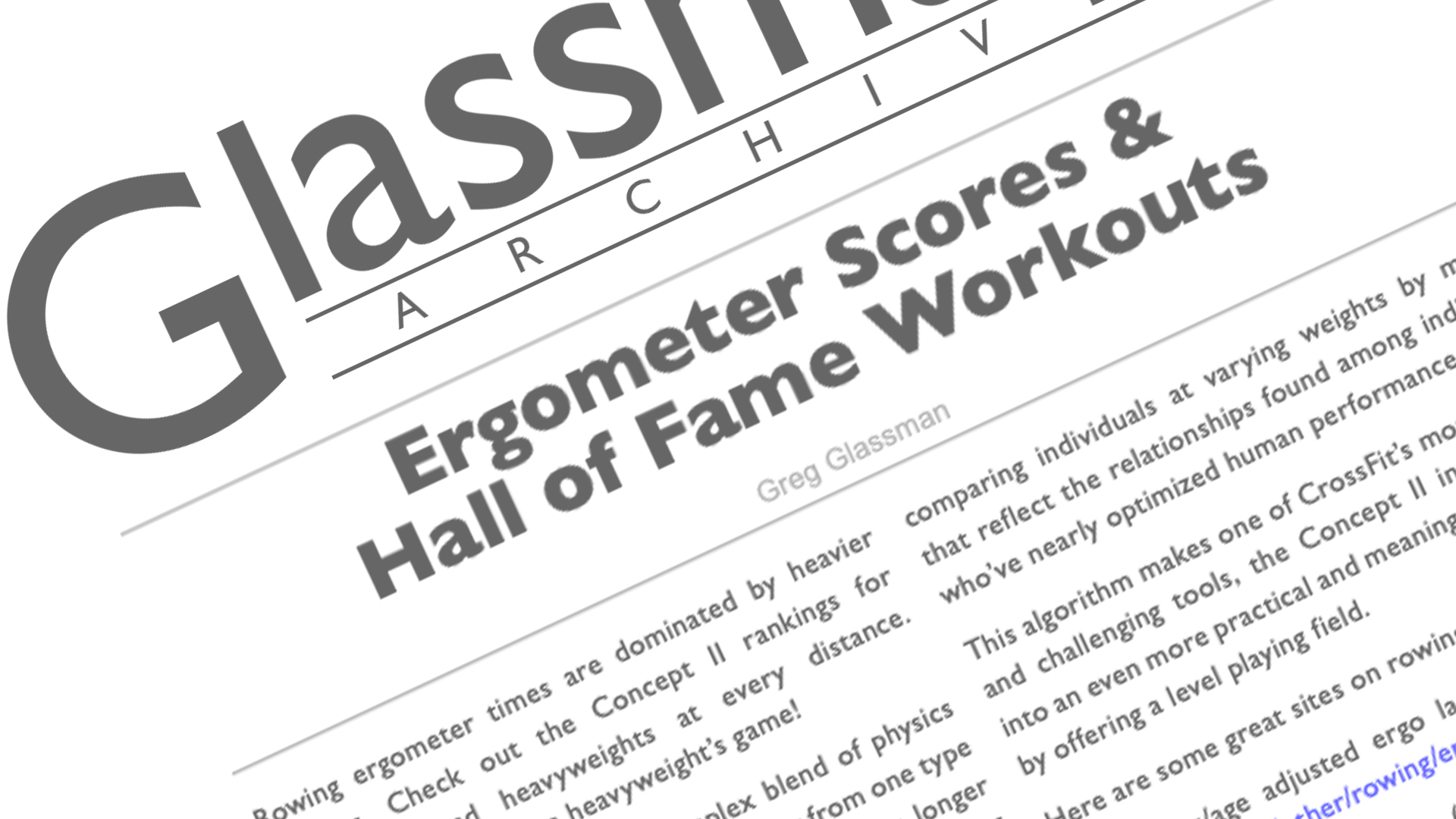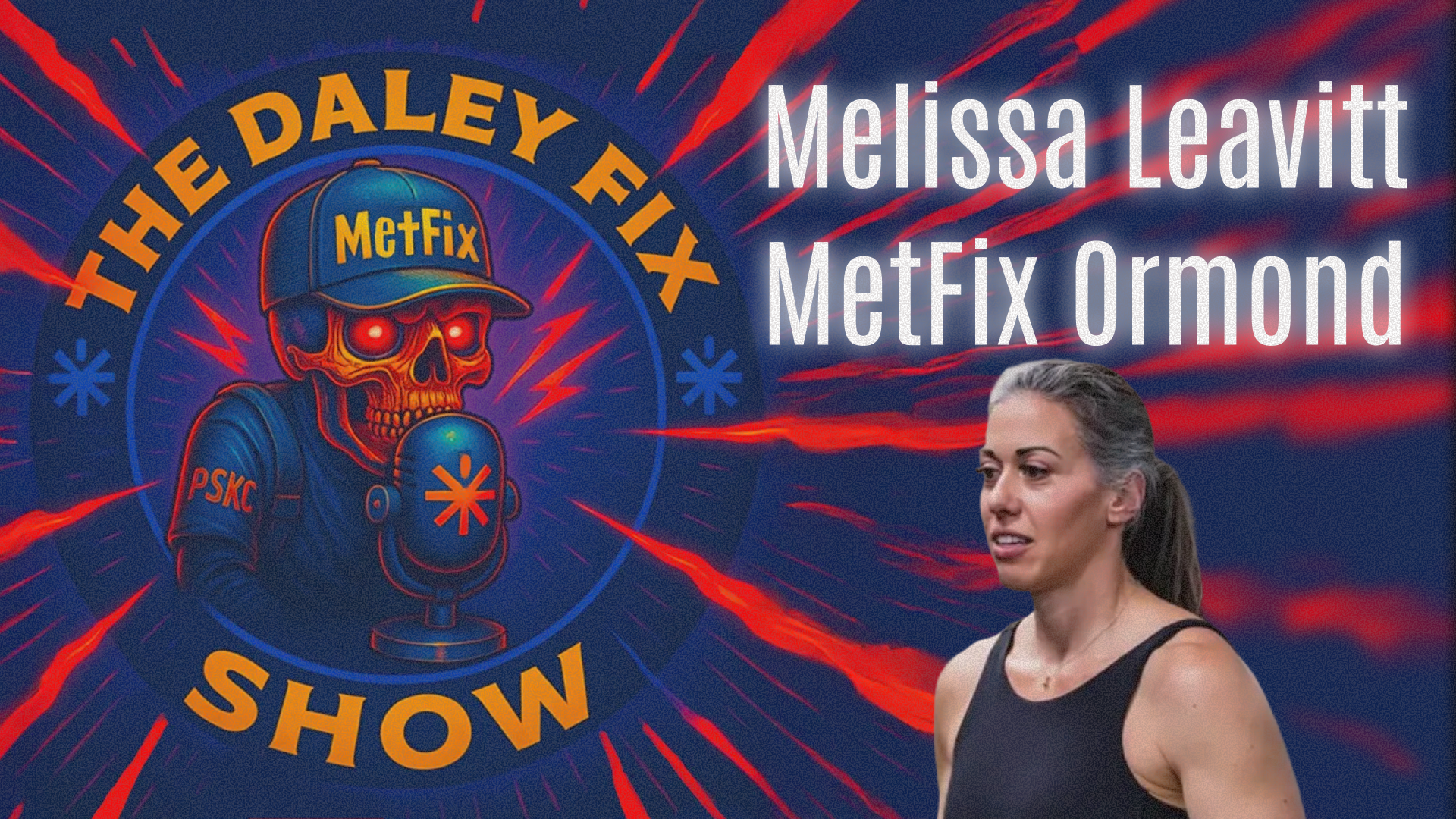Rowing ergometer times are dominated by heavier athletes. Check out the Concept II rankings for lightweight and heavyweights at every distance. Ergometer rowing is a heavyweight’s game!
The reasons for this are a complex blend of physics and physiology, and the influences differ from one type of ergometer to another and from shorter to longer distances. In fact, the science of rowing and ergometers gives ample opportunity to brush up on a lot of basic physiology, physics, and mathematics.
Tim Granger of Cambridge University has developed an algorithm that allows us to compare rowing scores at different weights. There are some inherent limitations, and Tim explains these on his site, but overall this is an excellent method to handicap rowing scores so that we can compare achievements.
For instance, using this algorithm we find that a 220-pound (100-kg) male with a 7-minute 2,000 meters equates to a 165-pound (75-kg) male rowing a 7:30 2,000 meters.
It is important to note that Dr. Granger developed this algorithm from looking at the mathematical relationships of world record erg times at varying distances. The significance here is that we are comparing individuals at varying weights by models that reflect the relationships found among individuals who’ve nearly optimized human performance.
This algorithm makes one of CrossFit’s more effective and challenging tools, the Concept II indoor rower, into an even more practical and meaningful experience by offering a level playing field.
Here are some great sites on rowing science:
Weight/sex/age adjustable ergo ladder.
From Oxford University, the basic physics of rowing.
From Oxford University, the physics of ergometers.
Rowing physiology and performance from a renowned exercise physiologist and rowing coach, Dr. Stephen Seiler.
Hall of Fame Workouts
What these three workouts have in common is that each is complete in that they are simple, demanding, and effective. We can’t think about them without laughing. (They also each use the rower.)
The first is our famous “Fight Gone Bad” workout. In this workout you move from each of five stations after a minute. This is a five-minute round from which a one-minute break is allowed before repeating. We’ve used this in 3 and 5 round versions.
The stations are:
- Wall-ball – 20 pound ball, 8 ft target.
- Sumo deadlift high-pull – 75-pounds
- Box jump – 20” box
- Push press – 75 pounds
- Row – calories
The clock does not reset or stop between exercises. On call of “rotate,” all athletes must move to next station immediately.
One point is given for each rep, except on the rower, where each calorie is one point.
With this workout we can give an integer value to metabolic preparedness for mixed-modal high intensity efforts matched to professional fight parameters (UFC).
The second is the “Tabata This” workout where the Tabata Interval of 20 seconds of work followed by 10 seconds of rest repeated 8 times is applied in turn to the squat, rower, pull-ups, sit-ups, and push-ups with a one-minute rotation break between exercises.
Each exercise is scored by the weakest number of reps (calories on the rower) in each of the eight intervals. During the one-minute rotation/rest time, the clock is not stopped but kept running. The score is the total of the scores from the five stations.
This workout stands the Tabata interval concept on its head but is so potent in impact that it stands remembered as a favorite by our crew.
A third classic CrossFit workout is the elegant “row/thruster/pull-up” workout featuring a 1,000-meter row, 45 pound – fifty-rep thruster (deep front squat/ push-pres), and 30 pull-ups. This pit bull of a workout is scored by the time to complete all exercises. Play with different orders of the three exercises and compare times.
These three workouts can each be used to quantify your capacity in a manner that reflects the CrossFit model for fitness.
This article, by BSI’s co-founder, was originally published in The CrossFit Journal. While Greg Glassman no longer owns CrossFit Inc., his writings and ideas revolutionized the world of fitness, and are reproduced here.
Coach Glassman named his training methodology ‘CrossFit,’ which became a trademarked term owned by CrossFit Inc. In order to preserve his writings in their original form, references to ‘CrossFit’ remain in this article.
Greg Glassman founded CrossFit, a fitness revolution. Under Glassman’s leadership there were around 4 million CrossFitters, 300,000 CrossFit coaches and 15,000 physical locations, known as affiliates, where his prescribed methodology: constantly varied functional movements executed at high intensity, were practiced daily. CrossFit became known as the solution to the world’s greatest problem, chronic illness.
In 2002, he became the first person in exercise physiology to apply a scientific definition to the word fitness. As the son of an aerospace engineer, Glassman learned the principles of science at a young age. Through observations, experimentation, testing, and retesting, Glassman created a program that brought unprecedented results to his clients. He shared his methodology with the world through The CrossFit Journal and in-person seminars. Harvard Business School proclaimed that CrossFit was the world’s fastest growing business.
The business, which challenged conventional business models and financially upset the health and wellness industry, brought plenty of negative attention to Glassman and CrossFit. The company’s low carbohydrate nutrition prescription threatened the sugar industry and led to a series of lawsuits after a peer-reviewed journal falsified data claiming Glassman’s methodology caused injuries. A federal judge called it the biggest case of scientific misconduct and fraud she’d seen in all her years on the bench. After this experience Glassman developed a deep interest in the corruption of modern science for private interests. He launched CrossFit Health which mobilized 20,000 doctors who knew from their experiences with CrossFit that Glassman’s methodology prevented and cured chronic diseases. Glassman networked the doctors, exposed them to researchers in a variety of fields and encouraged them to work together and further support efforts to expose the problems in medicine and work together on preventative measures.
In 2020, Greg sold CrossFit and focused his attention on the broader issues in modern science. He’d learned from his experience in fitness that areas of study without definitions, without ways of measuring and replicating results are ripe for corruption and manipulation.
The Broken Science Initiative, aims to expose and equip anyone interested with the tools to protect themself from the ills of modern medicine and broken science at-large.
Support the Broken Science Initiative.
Subscribe today →
recent posts
Medical Society Webinar with David Wiss




